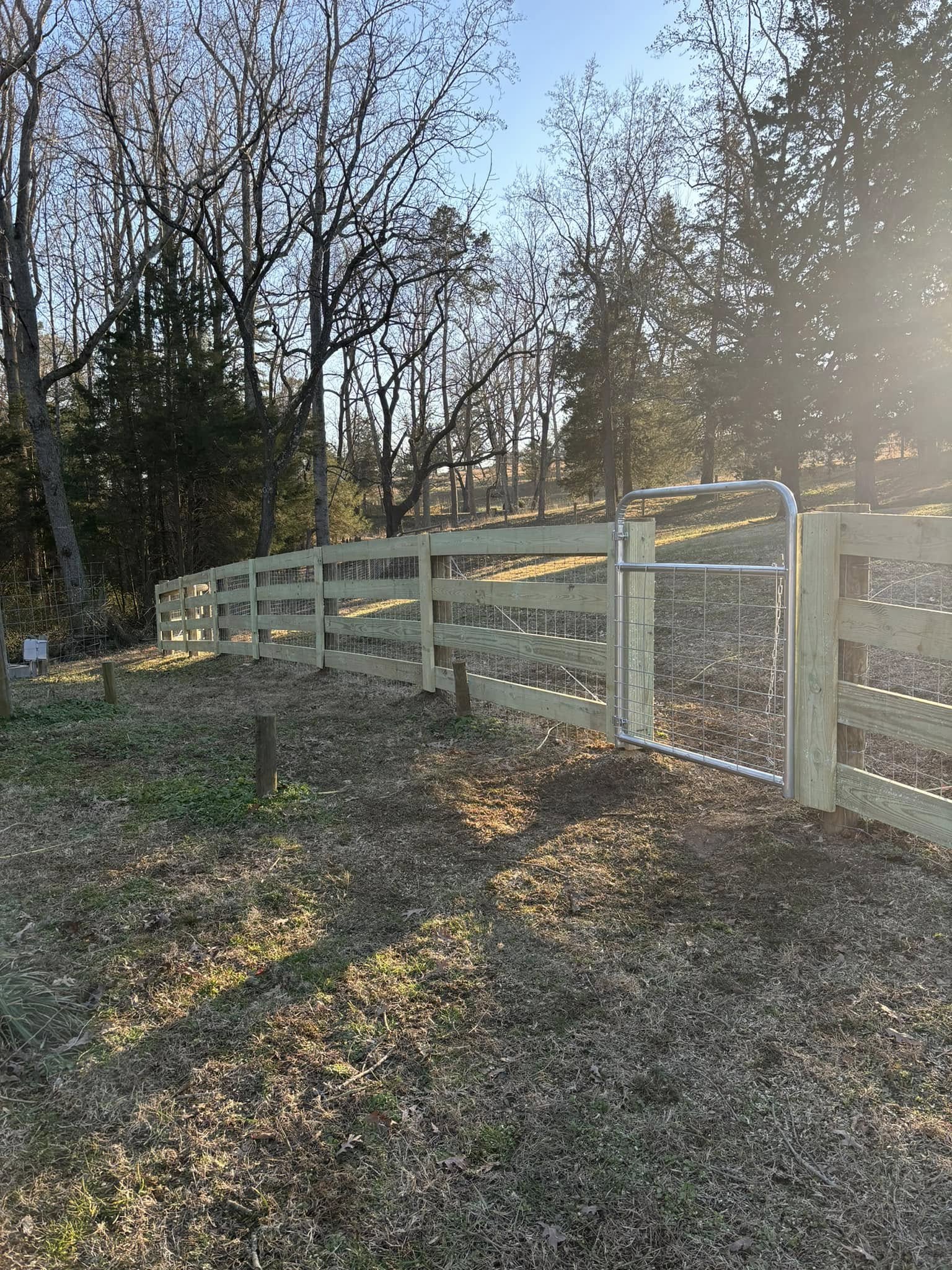
How to Maintain and Extend the Life of Your Fence Nov 14, 2025
The first step in fence maintenance is regular cleaning. Dirt, mildew, and grime can accumulate on the surface, leading to unsightly stains and potential long-term damage. For a wooden fence, start by using a gentle power washer or a garden hose to remove surface dirt. Be careful not to use too much pressure, as it could damage the wood. For vinyl and metal fences, a mild detergent mixed with water and a soft brush is often enough to scrub away dirt effectively. Regular cleaning not only preserves the material but also enhances the overall appearance of your landscape.
After cleaning, examine your fence for any signs of damage. Look for loose boards, nails, or screws in wooden fences, and check for rust spots or loose parts in metal fences. For vinyl fences, inspect for cracks or broken pieces. Early detection is key to preventing further deterioration. Repair loose or damaged sections promptly. Replacing a loose board or securing a wobbly post can prevent repairs from becoming more extensive and costly down the line.
Wooden fences, in particular, benefit from regular sealing or staining. Applying a high-quality wood sealant every two to three years helps protect the wood from moisture, UV rays, and pests. This step is crucial in preventing rot and prolonging the life of your fence. For those with painted fences, repainting every few years keeps the fence looking fresh and provides an additional layer of protection against the elements.
Metal fences, on the other hand, are prone to rust when exposed to moisture. Regular maintenance involves applying a rust-resistant coating to keep corrosion at bay. If rust does appear, use a wire brush to remove it, then coat the area with a rust-inhibitive primer. This not only maintains the structural integrity of your fence but also contributes to its long-lasting appeal.
For vinyl fences, the primary maintenance task is to ensure that the fence remains clean. However, if you encounter any damages, such as cracks or holes, they should be repaired with a vinyl-specific repair kit that can be easily found at most hardware stores. Choosing high-quality repair materials matches the resilience and appearance of your original fencing.
Another essential aspect of fence maintenance is landscaping. Keep plants, bushes, and trees trimmed back from the fence to prevent overgrowth that can lead to mold and moisture buildup. Root systems from plants can apply pressure on fence posts, leading to potential structural issues. Moreover, regular mowing and trimming around the base of the fence can improve air circulation, reducing the risk of rot, especially in wooden fences.
In conclusion, proper fence maintenance is a straightforward task that can significantly extend the life of your investment. Regular cleaning, prompt repairs, and protection treatments contribute to the durability and aesthetics of your fence. By following these tips, you ensure that your fence remains strong, beautiful, and functional for as long as possible, enhancing the enjoyment of your outdoor space. With a little effort and attention, your fence will continue to stand tall, defining the boundaries of your property with style and durability.
/filters:no_upscale()/filters:format(webp)/media/a9e6ba19-a765-4fc7-adc1-e3802eb3f041.jpeg)